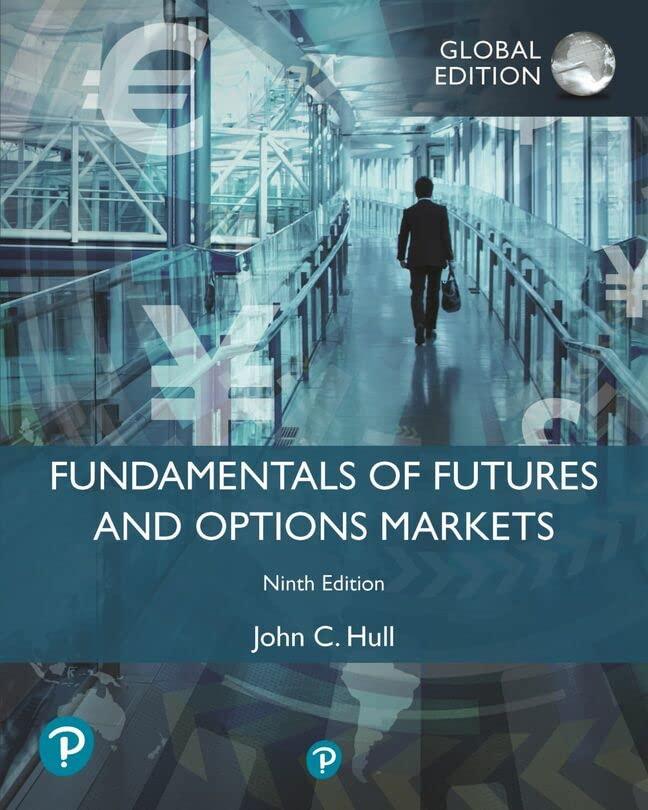



ED eBook The real risk-free rate is 2.25%. Inflation is expected to be 1.50% this year and 4.50% during the next 2 years. Assume that the maturity risk premium is zero. What is the yield on 2-year Treasury securities? Do not round intermediate calculations. Round your answer to two decimal places. % What is the yield on 3-year Treasury securities? Do not round intermediate calculations. Round your answer to two decimal places. % 0=Icon Key Question 6 of 21 go Stock X has a beta of 0.5 and Stock Y has a beta of 1.5. Which of the following statements must be true, according to the CAPM? a. Stock Y's realized return during the coming year will be higher than Stock X's return. b. If you invest $50,000 in Stock X and $50,000 in Stock Y, your 2-stock portfolio would have a beta significantly lower than 1.0, provided the returns on the two stocks Not Answered perfectly correlated. cIf the market risk premium declines, but the risk-free rate is unchanged, Stock X will have a larger decline in its required return than will Stock Y. d. Stock Y's return has a higher standard deviation than Stock X. O e. If the expected rate of inflation increases but the market risk premium is unchanged, the required returns on the two stocks should increase by the same amount. A+ 0Icon Key Javaris Dukes has $100,000 invested in a 2-stock portfolio. $67,500 is invested in Stock X and the remainder is invested in Stock Y. X's beta is 1.50 and Y's beta is 0.70. What is the portfolio's beta? Do not round your intermediate calculations. Round the final answer to 2 decimal places. a. 0.62 b. 1.24 c. 1.10 O d. 0.79 e. 0.48 0-Icon Key a. Complete an amortization schedule for a $11,000 loan to be repaid in equal installments at the end of each of the next 3 years. The interest rate is 11% compounded annually. If an amount is zero, enter "O". Do not round intermediate calculations. Round your answers to the nearest cent. Beginning Repayment of Principal Remaining Balance Year Balance Payment Interest 1 $ $ $ $ $ 2 3 b. What percentage of the payment represents interest and what percentage represents principal for each of the 3 years? Do not round intermediate calculations. Round your answers to two decimal places. % Interest % Principal Year 1: % % Year 2: % % Year 3: % % Why do these percentages change over time? I. These percentages change over time because even though the total payment is constant the amount of interest paid each year is declining as the remaining or outstanding balance declines. II. These percentages change over time because even though the total payment is constant the amount of interest paid each year is increasing as the remaining or outstanding balance declines. III. These percentages change over time because even though the total payment is constant the amount of interest paid each year is declining as the remaining or outstanding balance increases. IV. These percentages change over time because even though the total payment is constant the amount of interest paid each year is increasing as the remaining or outstanding balance increases. V. These percentages do not change over time; interest and principal are each constant percentage of the total payment. -Select










